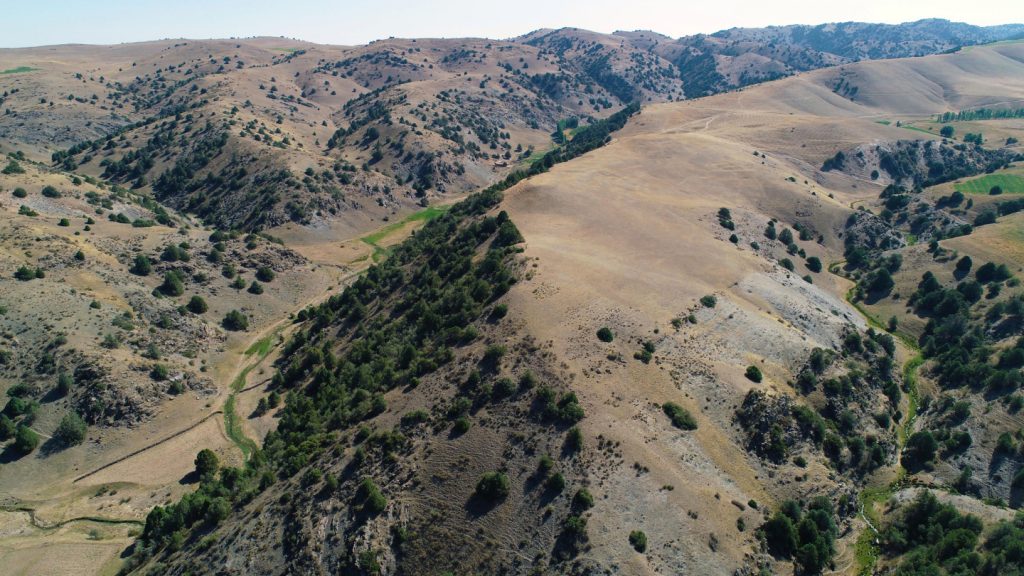Researchers have uncovered ancient settlements in Central Asia located more than 2,000 meters above sea level, indicating that mountainous regions were once urban zones during medieval times. These high-altitude cities were built by mobile herders along Silk Road trade routes and served as nodes in a network that moved power and trade through Asia and Europe.
The team focused on two archaeological sites in southeastern Uzbekistan: Tashbulak and Tugunbulak. These sites, located roughly five kilometers apart, were obscured by centuries of erosion and sediment buildup before being discovered. Among the findings were large earthen mounds, pottery pieces, and evidence of structures that indicated Tashbulak was occupied from the 8th century, while Tugunbulak was a major city dating from the 6th to 10th centuries.
Using drones mounted with lidar technology, researchers mapped the extent and layout of Tugunbulak. Lidar scans revealed the city’s extensive structures, including clusters of buildings with shared walls, narrow corridors, watchtowers along a ridgeline, and a central fortress. Tugunbulak’s layout resembled that of lowland cities, with a fortress overlooking a town surrounded by defensive walls and a castle or palace.
Tashbulak, although covering a smaller territory than Tugunbulak, was also a bustling community with large defensive structures and terraced platforms. The presence of at least 98 structures at Tashbulak suggests similarities with the larger site. Despite the challenges of estimating the population size, it is believed that these communities had a steady population with periodic increases during special events and trade exchanges.
The newfound mountain cities of Tugunbulak and Tashbulak emphasize the ability of high-altitude herding groups to come together as early city builders. The discovery challenges the notion that mountain ranges were barriers and sheds light on cultural and economic transmission in these regions. However, questions remain about how these populations were sustained, with evidence suggesting that highland pastures supported livestock and agriculture products were traded from lowland settlements.
Excavations conducted since 2022 revealed large-scale iron production at Tugunbulak and Tashbulak, indicating valuable trade items in these high-altitude communities. These mountain cities may have also served as rest stops for caravans traveling the Silk Road, although more research is needed to confirm this hypothesis. The findings provide insight into the sophisticated urban life in Central Asia’s mountainous regions during medieval times and highlight the interconnectedness of ancient civilizations across different terrains.


